I am beginner to program apps IOS and Android.
I have Eclipse with Android SDK and AVD inside Ubuntu.
When I launch android from the terminal. This call Android SDK Manager
I open this question because the problem is when I create the device AVD. I installed two version of Android:
user@user-F50Sf:~/Downloads$ android list targets
Available Android targets:
----------
id: 1 or "android-18"
Name: Android 4.3
Type: Platform
API level: 18
Revision: 2
Skins: WXGA800, WXGA800-7in, WSVGA, WQVGA400, HVGA, WXGA720, WVGA800 (default), QVGA, WQVGA432, WVGA854
ABIs : no ABIs.
----------
id: 2 or "android-19"
Name: Android 4.4.2
Type: Platform
API level: 19
Revision: 2
Skins: WXGA800, WXGA800-7in, WSVGA, WQVGA400, HVGA, WXGA720, WVGA800 (default), QVGA, WQVGA432, WVGA854
ABIs : armeabi-v7a
user@user-F50Sf:~/Downloads$
 Now I want to create the new device from terminal and I have this error:
Now I want to create the new device from terminal and I have this error:
user@user-F50Sf:~/Downloads$ android create avd -n mySim -t android-19
Auto-selecting single ABI armeabi-v7a
Android 4.4.2 is a basic Android platform.
Do you wish to create a custom hardware profile [no]
Error: /home/user/.android/avd/mySim.ini (Permission denied)
This error I have also inside Eclipse always when I create new device AVD

I try to add the path of Phonepag inside the /etc/profile, after I update it.
But the terminal gets still the error
/etc/profile
# /etc/profile: system-wide .profile file for the Bourne shell (sh(1))
# and Bourne compatible shells (bash(1), ksh(1), ash(1), ...).
if [ "$PS1" ]; then
if [ "$BASH" ] && [ "$BASH" != "/bin/sh" ]; then
# The file bash.bashrc already sets the default PS1.
# PS1='\h:\w\$ '
if [ -f /etc/bash.bashrc ]; then
. /etc/bash.bashrc
fi
else
if [ "`id -u`" -eq 0 ]; then
PS1='# '
else
PS1='$ '
fi
fi
fi
# The default umask is now handled by pam_umask.
# See pam_umask(8) and /etc/login.defs.
if [ -d /etc/profile.d ]; then
for i in /etc/profile.d/*.sh; do
if [ -r $i ]; then
. $i
fi
done
unset i
fi
export PATH=${PATH}:/opt/android-sdk-linux/tools
export PATH=${PATH}:/opt/android-sdk-linux/platform-tools
export PATH=${PATH}:/usr/lib/node_modules/phonegap/bin
Where I wrong???
EDIT: Using sudo I have command not found
sudo android create avd -n mySim -t android-19
[sudo] password for user:
sudo: android: command not found